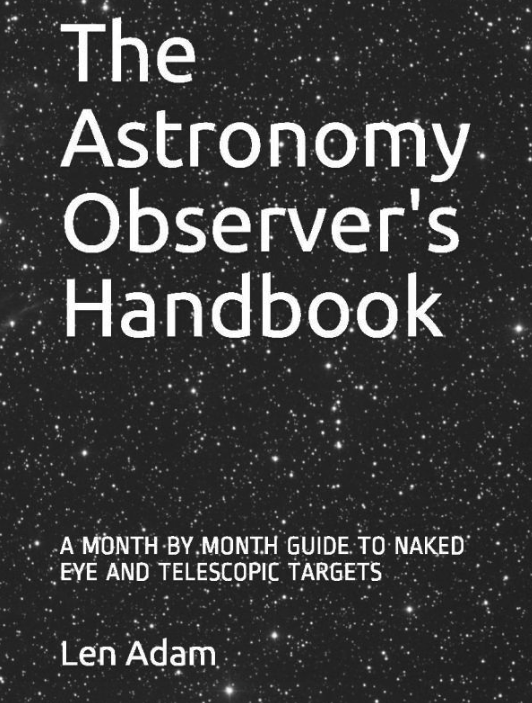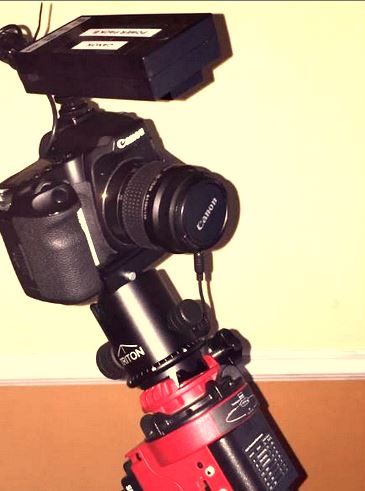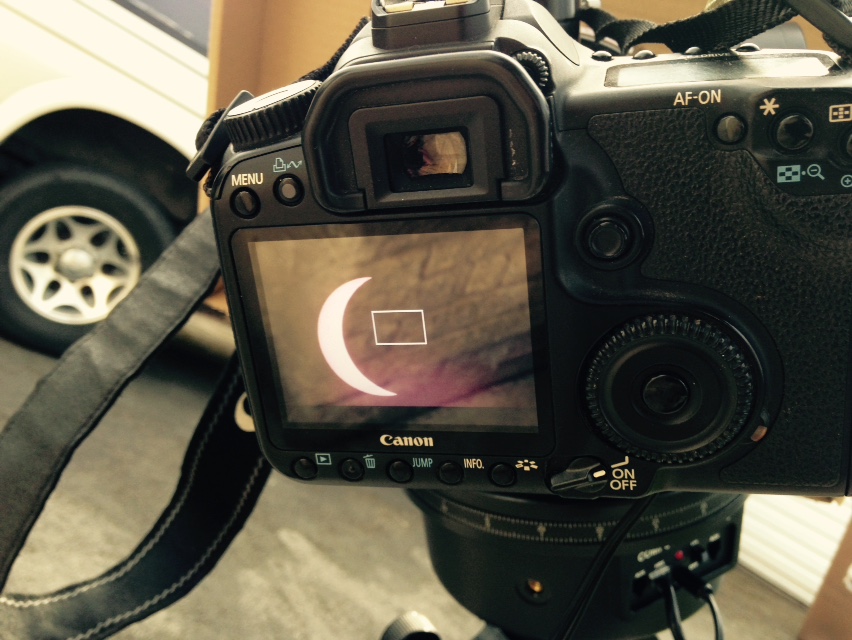CLICK THROUGH THE LINKS ABOVE TO MOVE FORWARD OR BACK
Predicted 24 degrees today. La Pilica in the morning from the terrace

As the day progressed the wind got stronger and stronger. Even though the sky was fairly clear the wind was so strong I brought in the TAL in case it tipped over with the pressure of the wind on its scopecoat.
I decided to look back at some faint galaxies in Gemini that I had imaged in December and selected the two below.

The first galaxy is a 30 second image of PGC 19111 taken on the 10th December 2013 at 19:38 U.T. using my standard setup of the Celestron C14 and SBIG ST9XE camera. [Although I have brought these to Spain (my back is feeling much better now) I am not yet in a suitable location to set this telescope up to start supernova hunting. I am in Cabrera for up to 3 months to try and find somewhere with the position that I need.] The galaxy is the pretty faint object in the centre.
Here is the same image as a negative with image scale and directions

The Principal Galaxy Catalogue gives a magnitude of 14.91 for this galaxy and dimensions 1.2 X 1.0 minutes.
Clearly my image is not picking up any detail of the galaxy only the bright core. Hopefully Spanish dark skies will help to bring out more
of the fainter parts of galaxies.
The second galaxy is NGC 2289 but the field contains a number of other interesting galaxies.

As you can there are a number of nearby galaxies. There is a mixture of elliptical and spiral galaxies in this little group. The plate solution identifies these

A negative image identifying the galaxies and nearby stars is below

The bright star at the top is 10th magnitide to give a reference.
The plate solution data is given below
 The image is just over 12 minutes square and the image scale is 1.44 arcseconds per pixel as a result of reducing the focal length by 0.8X giving a larger field on the C14. The reducer is also a field flattener so the stars are pretty round to the edges. The image is not quite North aligned but pretty close.
The image is just over 12 minutes square and the image scale is 1.44 arcseconds per pixel as a result of reducing the focal length by 0.8X giving a larger field on the C14. The reducer is also a field flattener so the stars are pretty round to the edges. The image is not quite North aligned but pretty close.
NGC 2289 has a magnitude of 13.5 and dimensions 1.1 X 0.6 arcminutes(Spiral Galaxy)
NGC 2290 has a magnitude of 13.3 and dimensions 1.2 X 0.7 arcminutes(Spiral Galaxy)
NGC 2288 has a magnitude of 14.4 and dimensions 0.4 X 0.2 arcminutes(Elliptical Galaxy)
NGC 2291 has a magnitude of 13.2 and dimensions 1.0 X 0.8 arcminutes(Spiral Galaxy)
NGC 2294 has a magnitude of 13.9 and dimensions 0.8 X 0.4 arcminutes(Elliptical Galaxy)
 Friday, February 21, 2014 at 8:58AM
Friday, February 21, 2014 at 8:58AM  [Your Name Here] | Comments Off |
[Your Name Here] | Comments Off | 







